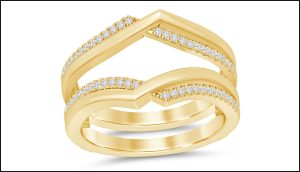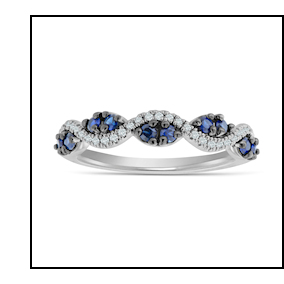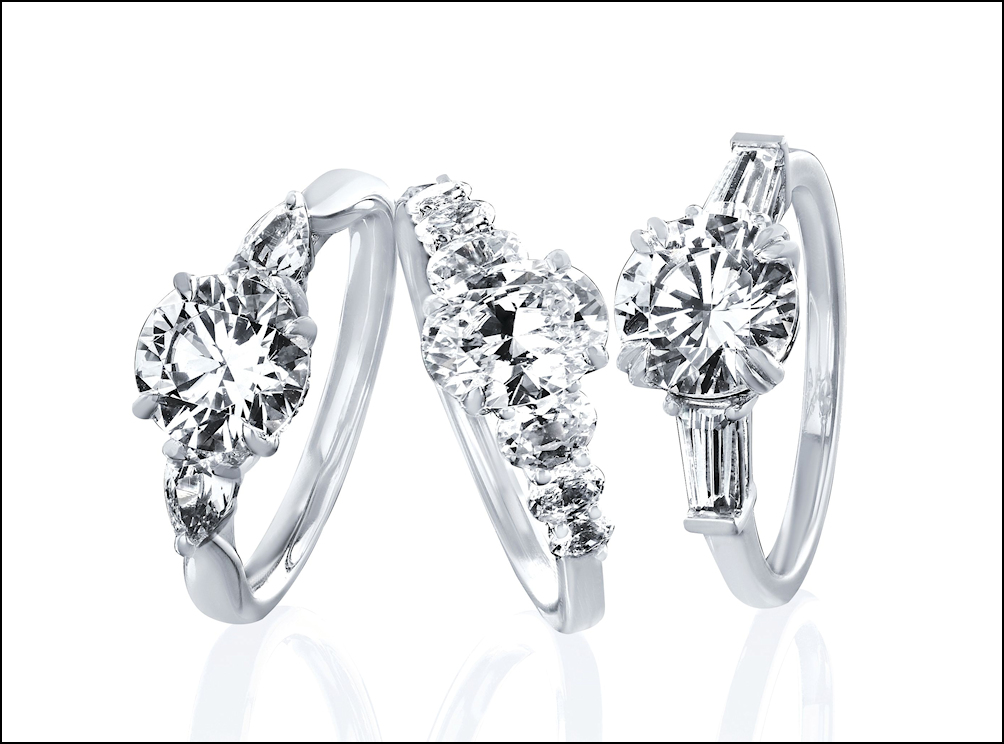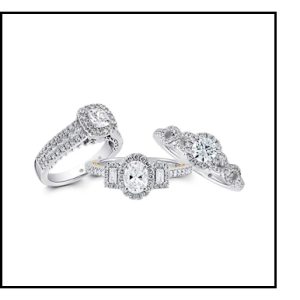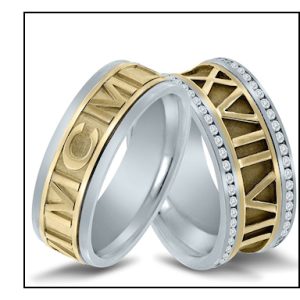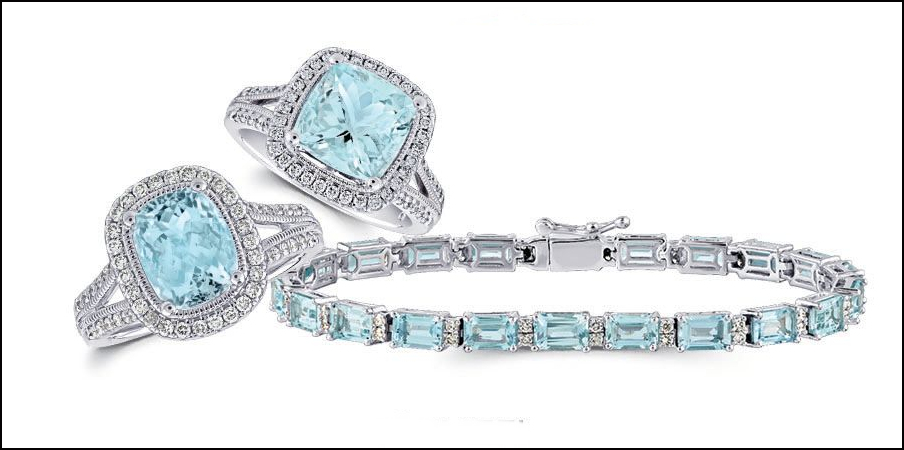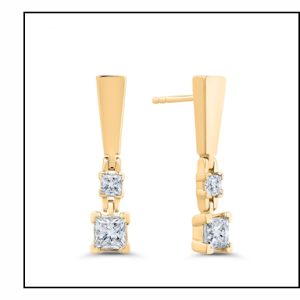Falling in Love
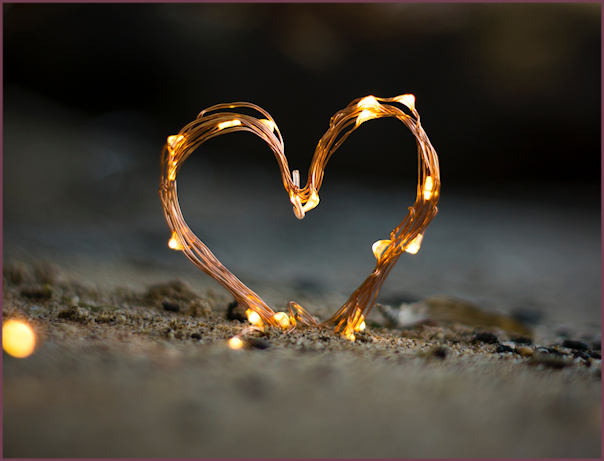
Love drives many a jewelry sale, giving the industry’s makers and merchants a front row seat to dopamine-rich human relations and resulting jewelry trends. Engagement rings today are influenced by current technologies in jewelry manufacturing and lab-grown diamond production, design trends (like giant center stones set atop super slim shanks and ring wraps to dress up solitaire settings), age- and generation-influenced factors like coming of age during a pandemic, and acceptance of nontraditional center gem options like sapphires, among others. Non-engagement-ring gifts of love, meanwhile, speak to the sentimental aspects of a loved one’s life like birthdays and important symbolism. How can you best capture every opportunity for a love sale? Read on to learn more from industry experts.
Putting a Ring on It
Data from The Plumb Club Industry & Market Insights report released this spring shows that classic engagement ring looks still reign supreme among the marriage minded. Round diamonds remain the most popular type of engagement ring center—with ovals continuing to increase in desirability—and yellow gold mountings are once again growing in acceptance. The average total carat weight of engagement rings is 1.5 carats, with about 25% of those surveyed saying they have an engagement ring exceeding 2.0 carats total weight in diamonds.
Lab-grown diamonds, meanwhile, have skyrocketed in the bridal category, with diamond industry analyst Edahn Golan claiming they account for about 60% of bridal sales at specialty jewelers.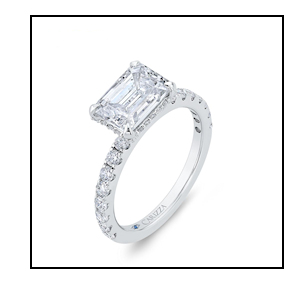 And according to BriteCo. Jewelry Insurance, lab-grown diamond increased nearly 10% in popularity among engagement ring buyers from 2020 to 2021, representing a market share of 28.4%.
And according to BriteCo. Jewelry Insurance, lab-grown diamond increased nearly 10% in popularity among engagement ring buyers from 2020 to 2021, representing a market share of 28.4%.
Many Plumb Club Members recognize these trends and are providing retail clients with appropriate engagement ring options.
In classics, solitaire settings, halo, and double—and even triple!—halo styles, centers with baguette-cut side stones, and antique-inspired numbers are moving, according to those interviewed.
After classics, thinner and daintier settings are most desirable, followed by yellow gold—a stark contrast to white gold’s longstanding market dominance.
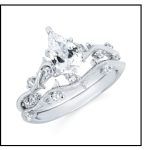 At Ostbye, other trends of note include leaf motifs and ring wraps or inserts. “[The latter] have been doing very well and give a custom look to existing engagement rings,” says Theresa Namie, merchandise manager.
At Ostbye, other trends of note include leaf motifs and ring wraps or inserts. “[The latter] have been doing very well and give a custom look to existing engagement rings,” says Theresa Namie, merchandise manager.
Inserts or ring jackets are another notable category for Goldstar Jewellery. The company unveiled myriad new designs, including a number in yellow gold, at JCK Las Vegas this year. “Our sales of yellow gold are equal to white gold,” Steven Lerche, chief operating officer, told The Plumb Club shortly after the Las Vegas Show ended. “Yellow gold remains at a peak,” confirms Neil Shah, executive vice president, Shah Luxury.
In center stone shapes, fancies like pears, marquise, emerald cuts, and cushions are hot. “Many brides are attracted to the antique feel of [cushions] combined with new modern cutting techniques that give newer cushions improved brilliance,” explains Surbhi Jain, marketing director, Shefi Diamonds.
Ovals, too, are in demand. Why? A larger perceived look by the consumer. “The average 1 carat oval diamond has a 10% larger surface area than the average 1 carat round diamond, making the oval appear larger,” adds Jain.
Then there’s the matter of center stone sizes and lab-grown and alternative gemstone options. For sure, many Plumb Club members are fielding requests for rings to accommodate larger center stones, be it a colored gemstone or a lab-grown diamond. “In our Forever Elegant line, we use all peghead centers so it’s easy to change the center diamond,” says Namie.
The price-to-size realities of lab-grown diamonds—bigger stones for less money—remain attractive to consumers, despite unknowns about future values, while alternative center gems like sapphires and emeralds are another choice for some consumers.
Among those who want to stick with a diamond—whether mined or lab grown—retailers are doing their best to explain the differences.
“Many retailers are asking for pricing for lab-grown options, but most end up with natural diamonds for their design,” says Rick Mulholland, sales associate, Novell Design Studio. “If the price of the natural diamond is an issue, many ask for smaller diamonds.”
Shah sees a similar trend. “We are starting to identify a reaction that curves to natural,” he says. “Shah Luxury anticipates an inverse curve transition in the coming months to year as bridal customers settle into the new industry.”
How to Work with Gen Z Couples
The youngest segment of adults is now getting engaged, and their preferences are shaking up the traditional wedding jewelry market. According to McKinsey & Co., Generation Z, born between 1996–2010, has identities shaped by the “digital age, climate anxiety, a shifting financial landscape, and COVID-19.” Naturally, these influence many aspects of their lives, including their engagement ring purchases.
To wit, this is why Gen Z has been buying lab-grown diamonds and rings with alternative center stones, including moissanite. According to respondents to The Plumb Club Industry & Market Insights report who chose a “non-diamond gemstone,” moissanite “accounts for more than one-quarter of non-diamond stones (28%, up 9% vs. 2019) and is even more popular among Gen Z (35%).”
For sure, an “eco-conscious mindset is rising among couples, with 34% finding it increasingly less important that the ring/stone be a natural stone (down 8% since 2019), with Gen Z (28%) finding it less important than Millennials (35%) and Gen X (41%).”
Other engagement ring trends among Gen Zers include personalization, symbolism, jewelry with a story behind it, and a desire to support ethics and sustainability among makers.
“Gen Z has a penchant for personalization and storytelling in their jewelry choices, creating engagement rings that hold deep emotional significance and serve as a representation of their values and aspirations,” explains Surbhi Jain, marketing director, Shefi Diamonds.
That’s why his company offers an array of styles with direct appeal to Gen Z. Among the lines are rings with colored gemstone centers, minimalist designs, vintage-inspired looks, and the Celestial Love collection. Celestial Love engagement rings feature delicate angel wings on the side galleries that evoke “a sense of freedom, spirituality, and individuality,” adds Jain. “Angel wings not only add a touch of whimsy but also symbolize protection, guidance, and a connection to something greater.”
Lab-grown diamonds appeal to Gen Z for affordability. That’s a trend Ostbye’s Theresa Namie is hearing about from her clients. The merchandise manager maintains that because Gen Z is well educated but has less money to spend, the technology behind lab growns intrigues them.
“I think if a jeweler wants to have them purchase natural diamonds, they will have to explain why it is a benefit to the mining community for them to buy one,” she says. “They truly want to make a difference, and if buying a natural diamond provides stability to a community, they would be open to listening.”
Novell Design Studio’s sales associate Rick Mulholland agrees. “In many cases, the retailer is less successful converting the consumer from lab-grown to natural diamonds unless they clearly explain the pros and cons of each. At that point, the consumer may lean towards a natural diamond.”
Some points that he keeps top of mind for these occasions? The production of lab-grown diamonds requires a significant amount of energy, so they are not likely as sustainable and ethical as consumers might think. Plus, lab growns are not as valuable as natural diamonds given their prices continue to drop at an alarming rate.
“Natural diamonds form over billions of years, so they are much rarer and more valuable than lab-grown diamonds,” he continues.
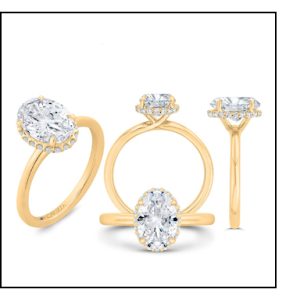 Other important Gen Z traits to note include their penchant for online research, use of social media, and their insistence on educated sales associates and a great in-store experience. When all these stars align, Gen Z will pull the trigger on sales.
Other important Gen Z traits to note include their penchant for online research, use of social media, and their insistence on educated sales associates and a great in-store experience. When all these stars align, Gen Z will pull the trigger on sales.
“They are educated and willing to spend when the experience backs it up,” says Neil Shah, executive vice president of Shah Luxury.
Components of the experience include both the ability to express individuality through pieces—custom abilities help here—to comfort in stores and more. “Be casual, be fun, be a place someone could have an experience at, and you’ll be most of the way there to catering to Gen Z,” advises Shah.
When it comes to product, be sure to point out every aspect of a design, from hidden diamonds to easy-for-daily-wear bezel-set engagement rings.
“Highlighting products’ key features, such as craftsmanship, precious metal attributes, and personalized results are all important,” adds Mulholland. “They help turn a piece of bridal jewelry into an everlasting billboard.”
Styles for Sweethearts
Celebrities are gifting each other many a sentimental and personalized jewel, putting these options top of mind for your consumers to admire. Think of Zooey Deschanel’s engagement ring—a pink and purple nontraditional ring for the actress who’s often dubbed quirky—as well as J. Lo’s Foundrae necklaces from Ben Affleck and A$AP Rocky’s Annoushka charm bracelet to Rihanna for the birth of their first son together. Of course, all these gifts speak to recipients’ personal preferences, so helping your clients source their ideal heirloom starts with basics like birthstones and important symbols like kids, pets, and/or careers and hobbies.
“Our retailers sell a lot of birthstone and anniversary jewelry,” says Theresa Namie, merchandise manager for Ostbye. “A symbolic gift is always easy as well, like a compass (for graduations) or hearts/infinity symbols (for any love occasion), and animal designs for memories. The birthstone collections can easily stack together so you can make a unique stackable ring that tells the story of those you love. Our anniversary bands are also very popular as they are all made in the USA, and they can be worn every day as expression of love.”
Susie Wilty, director of sales for Prime Art & Jewel, also moves many birthstone jewels, which she calls “as meaningful as they are stunning.”
“Birthstone jewelry has been updated and revamped over the years to feature many gorgeous and modern designs,” she continues. “Birthstone jewelry can be some of the most personal and meaningful pieces of jewelry we own—and likely some we’ll wear often, if not daily.”
Even diamond jewelry manufacturer Novell Design Studio gets into the color game thanks to its custom capabilities.
“We get requests for engravings with wedding dates or venue coordinates, or to replace diamonds in a store sample with different gemstones,” observes sales associate Rick Mulholland, noting that blue sapphires have been having a major moment in many of his company’s creations.
For sure, personalization and self-expression are critical keys to connecting with today’s shoppers.
“Making a statement with symbols, colors, and textures is more prominent now than personalization,” says Namie, whose firm offers custom CAD services to merchants to accomplish whatever clients desire.
Wilty agrees, noting that “personalization is really about self-expression. That can take the form of custom designed jewelry, engraving, and selecting specific stones with different meanings.”
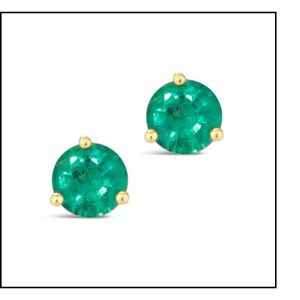 Still, diamond-intense designers know that their products can still fit a super personal order. Steven Lerche, chief operating officer, Goldstar Jewellery, notes that his diamond designs have big appeal to seekers of sentimental styles, though in the off chance something else is desired, everything in his line is available for special order. Ditto for Neil Shah, executive vice president, Shah Luxury.
Still, diamond-intense designers know that their products can still fit a super personal order. Steven Lerche, chief operating officer, Goldstar Jewellery, notes that his diamond designs have big appeal to seekers of sentimental styles, though in the off chance something else is desired, everything in his line is available for special order. Ditto for Neil Shah, executive vice president, Shah Luxury.
“Consumers can take any existing style and make it sentimental or meaningful with their own flair and changes,” he says. “We encourage retailers to promote the idea of custom and changing existing products to personalize the experience; it’s much harder to shop competitors when the product is unique to them specifically. We believe personalization is the single biggest variable that sets independent retail stores apart from online big box competition.
Not only should the jewelry be able to be customized and personalized to the individual if needed, but the store needs to have an incredibly personalized edge as well. The new generation of shoppers wants the instore shopping to be unique, otherwise they can get it online without leaving their house. Give them a reason to come and interact with our industry!”





